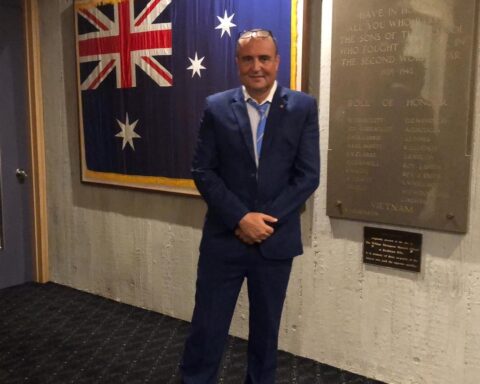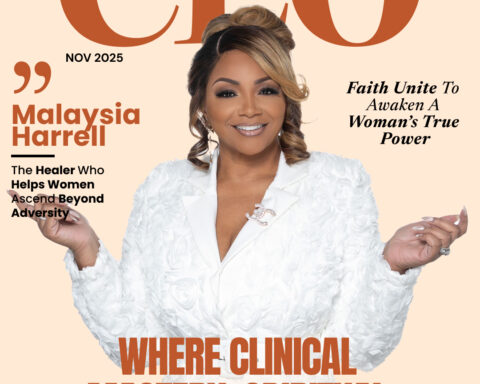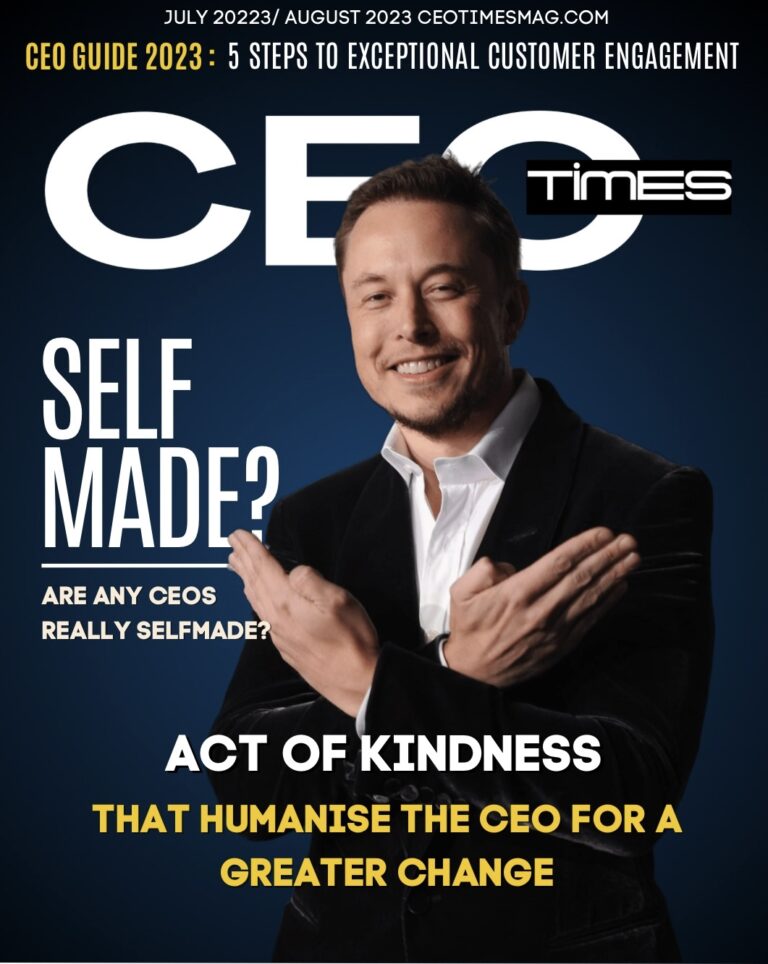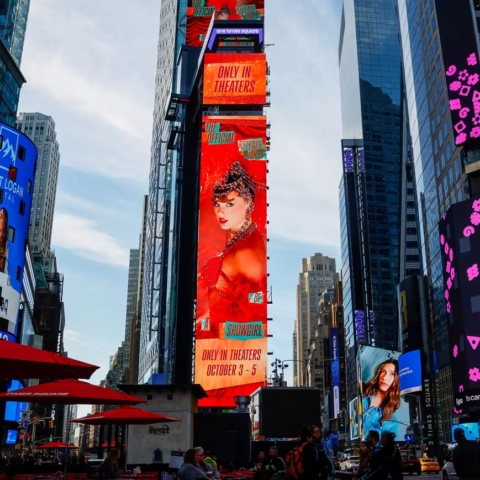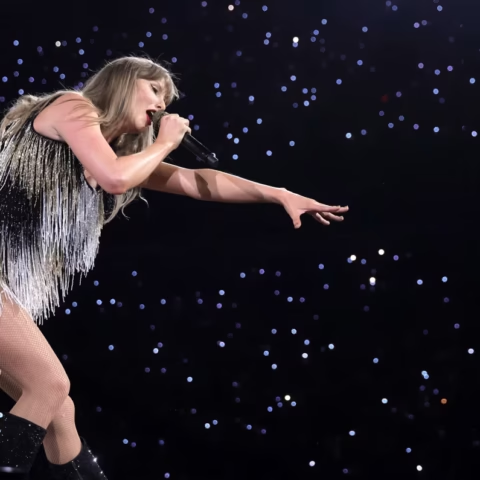Once written off as obsolete, cassette tapes are finding new life among Gen Z, millennials, and superfans craving a tangible connection to music.
When Taylor Swift releases her upcoming album, Life of a Showgirl, in October, fans will be able to stream it instantly, buy it on vinyl, or—perhaps surprisingly—pop it into a cassette player.
The choice to release new music on cassette might seem like a nod to nostalgia, but Swift’s move highlights a broader trend: the slow but steady revival of a format that dominated music listening in the 1980s before being eclipsed by CDs and then digital streaming.
According to entertainment data firm Luminate, cassette sales in the United States climbed to 436,400 units in 2023. While a fraction of the 440 million sold during the format’s heyday, it marks a remarkable comeback from just 80,720 sold in 2015. This resurgence, though modest compared with vinyl, reflects a growing appetite for physical media in a digital age.
“People just like having something you can hold and keep, especially now when everything’s just a rented file on your phone,” said Charlie Kaplan, owner of online store Tapehead City. “Tapes provide a different type of listening experience — not perfect, but that’s part of it. Flip it over, look at the art and listen all the way through. You connect with the music with more of your senses.”
The Power of Superfans
Leading this revival are so-called “super fans,” who make up 18% of U.S. music listeners. According to Luminate, these devoted audiences engage with their favorite artists in multiple ways—attending concerts, streaming albums, and buying physical music. On average, they spend $39 a month on music, more than double the typical listener.
Gen Z has emerged as the most cassette-friendly demographic, with 9% purchasing one in the past year. Top artists like Chappell Roan, Sabrina Carpenter, and Charli XCX are driving this demand, proving that cassette culture isn’t confined to retro collectors.
Kori Fuerst, owner of Retrospekt, an online store specializing in retro tech, said millennials and younger generations are drawn to cassettes for their tactile experience. “With a cassette tape, it’s not easy to skip around between songs,” she explained. “You have to listen to the album all the way through, stopping to flip the tape halfway. These tangible experiences are a nice reprieve from the perfect curation of a streamed playlist.”
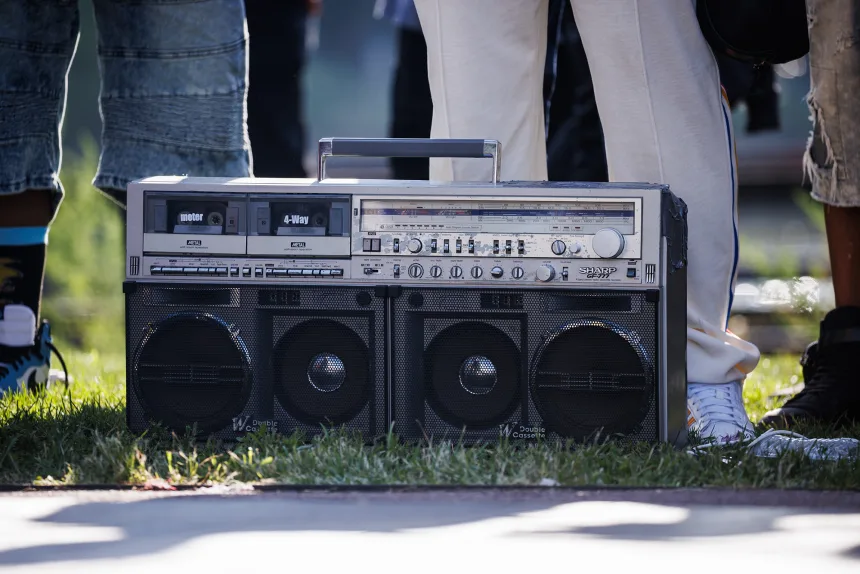
Beyond Nostalgia
While cassettes are nowhere near replacing streaming, they are carving out a complementary role. Matt Bass, vice president of data and research for the Recording Industry Association of America (RIAA), noted that physical formats—including vinyl, CDs, and cassettes—saw sales rise 5% to $2 billion in 2024. “Fans are looking for a deeper connection to artists and their work, much like other forms of collectible artist merchandise,” Bass said.
Swift is far from alone in embracing the format. Her 2023 re-recordings, 1989 (Taylor’s Version) and Speak Now (Taylor’s Version), sold 17,500 and 11,500 cassette copies respectively, according to Billboard. Across the industry, new releases—not just reissues—are finding their way onto tape.
For Kaplan, the shift is clear: “Just like Taylor Swift, tons of new music is coming out on cassette too, not just reissues. It’s not just nostalgia anymore, it’s its own little scene.”
As one of the world’s biggest artists embraces the format, Taylor Swift may be doing more than selling albums—she may be cementing cassettes as a symbol of music’s evolving relationship with its most loyal fans.

